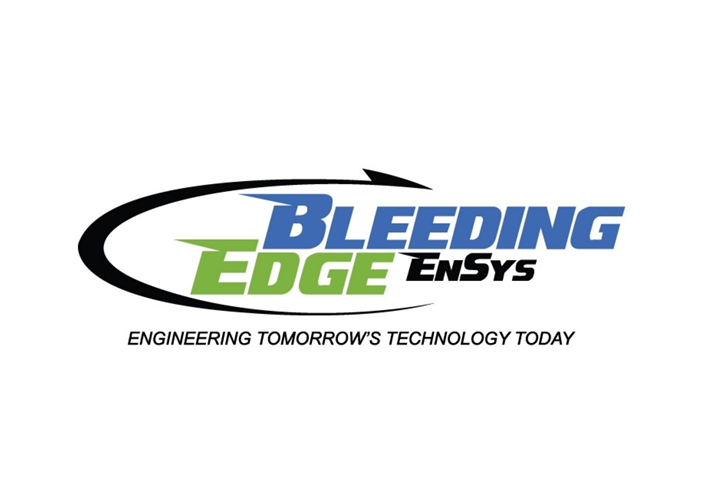Bleeding Edge develops blast-resistant composite armor
Bleeding Edge has created a series of customized urethane composite materials that are reportedly capable of resisting the blasts from an IED and M19 landmine, as well as a polymer transparent armor that is ballistic resistant.

(Sullivan Mo., U.S.) develops advanced impact and wear-resistant polymers for the defense and transportation industries. Bleeding Edge has created a series of customized urethane composite materials that are reportedly capable of resisting the blasts from an improvised explosive device (IED) and M19 landmine, as well as a polymer transparent armor that is ballistic resistant and passes the FEMA F5 tornado impact test. George Sturmon, founder of Bleeding Edge, says urethanes are usually lighter weight and more versatile than rubber and other plastics or glass used in armoring.
“We’ve created polymers for high wear and high-impact applications such as track pads on the Abrams M1 battle tanks, landmine detonation wheels, Humvee underbody IED armor and transparent, bullet-resistant windows. Urethanes are usually lighter weight and more versatile to design with than rubber and other plastics or glass used in armoring,” explains George Sturmon, founder of Bleeding Edge. “Our Humvee underbody blast panel was tested against an IED, as well as an M19 landmine, then shot with three rounds of NATO 5.56 AP with no penetration. The panel was only 2.3 inches thick and weighed 23 pounds per square foot [lbs/sqft] [10.43 kg/sqft]. Our NIJ Level III-A transparent armor stops 9-millimeter, .357 Mag and .44 Mag handgun rounds, in a single 1.5-inch-thick sheet, weighing 8.19 lbs/sqft [3.71kg/sqft].”
Bleeding Edge is currently testing new applications for ruggedized polymers and armor composites, including a ballistic security door to protect schools from high caliber rounds and tornados. The company is also creating optically clear polymer transparent armor. The polymer materials can be made in nearly any shape or size, enabling new applications for security, storm safety, military, automotive and architectural engineering.
Related Content
-
“Structured air” TPS safeguards composite structures
Powered by an 85% air/15% pure polyimide aerogel, Blueshift’s novel material system protects structures during transient thermal events from -200°C to beyond 2400°C for rockets, battery boxes and more.
-
ASCEND program completion: Transforming the U.K.'s high-rate composites manufacturing capability
GKN Aerospace, McLaren Automotive and U.K. partners chart the final chapter of the 4-year, £39.6 million ASCEND program, which accomplished significant progress in high-rate production, Industry 4.0 and sustainable composites manufacturing.
-
Bladder-assisted compression molding derivative produces complex, autoclave-quality automotive parts
HP Composites’ AirPower technology enables high-rate CFRP roof production with 50% energy savings for the Maserati MC20.



